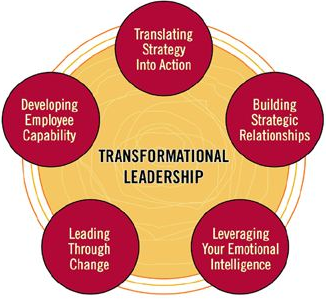THEORY X AND THEORY Y
Theory X
Theory X assumes that employees are naturally unmotivated and dislike working, and this encourages an authoritarian style of management. According to this view, management must actively intervene to get things done. This style of management assumes that workers:
- Dislike working.
- Avoid responsibility and need to be directed.
- Have to be controlled, forced, and threatened to deliver what’s needed.
- Need to be supervised at every step, with controls put in place.
- Need to be enticed to produce results; otherwise they have no ambition or incentive to work.
X-Type organizations tend to be top heavy, with managers and supervisors required at every step to control workers. There is little delegation of authority and control remains firmly centralized.
McGregor recognized that X-Type workers are in fact usually the minority, and yet in mass organizations, such as large scale production environment, X Theory management may be required and can be unavoidable.
Theory Y
Theory Y expounds a participative style of management that is de-centralized. It assumes that employees are happy to work, are self-motivated and creative, and enjoy working with greater responsibility. It assumes that workers:
- Take responsibility and are motivated to fulfill the goals they are given.
- Seek and accept responsibility and do not need much direction.
- Consider work as a natural part of life and solve work problems imaginatively.
This more participative management style tends to be more widely applicable. In Y-Type organizations, people at lower levels of the organization are involved indecision making and have more responsibility.
Managers : Theory X and Theory Y


McGregor’s work on Theory X and Theory Y has had a significant impact on management thought and practice in the years since he first articulated the concepts. In terms of the study of management, McGregor’s concepts are included in the overwhelming majority of basic management textbooks, and they are still routinely presented to students of management. Most textbooks discuss Theory X and Theory Y within the context of motivation theory; others place Theory X and Theory Y within the history of the organizational humanism movement.
Theory X and Theory Y are often studied as a prelude to developing greater understanding of more recent management concepts, such as job enrichment, the job-characteristics model, and self-managed work teams. Although the terminology may have changed since the 1950s, McGregor’s ideas have had tremendous influence on the study of management.
In terms of the practice of management, the workplace of the early twenty-first century, with its emphasis on self-managed work teams and other forms of worker involvement programs, is generally consistent with the precepts of Theory Y. There is every indication that such programs will continue to increase, at least to the extent that evidence of their success begins to accumulate.





















